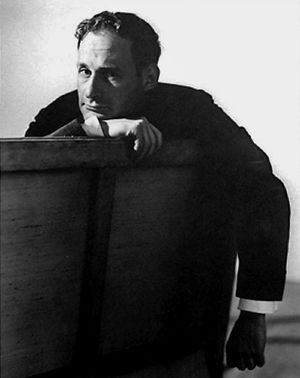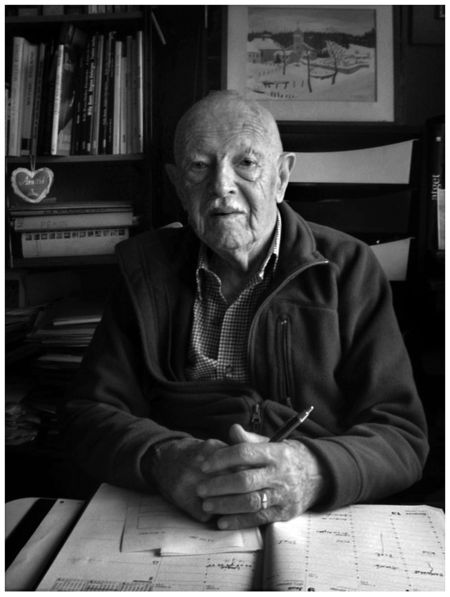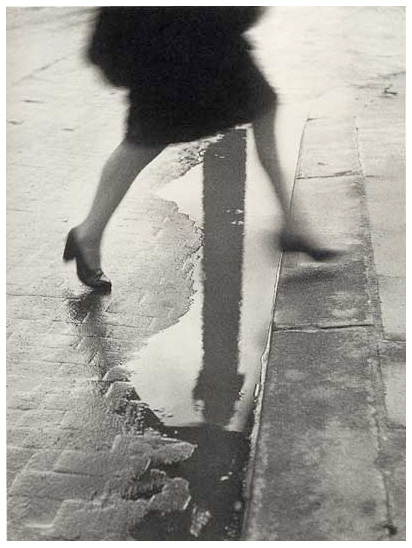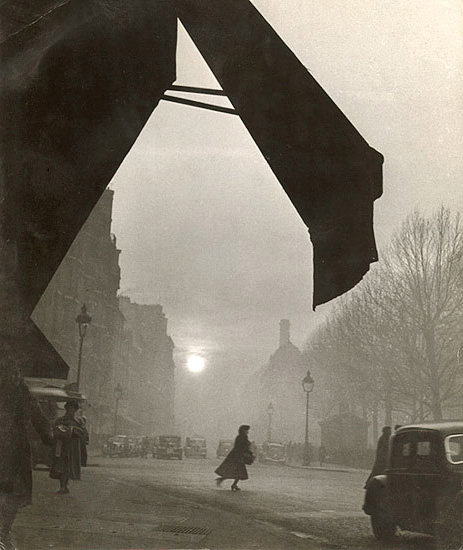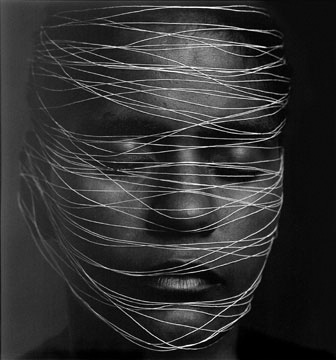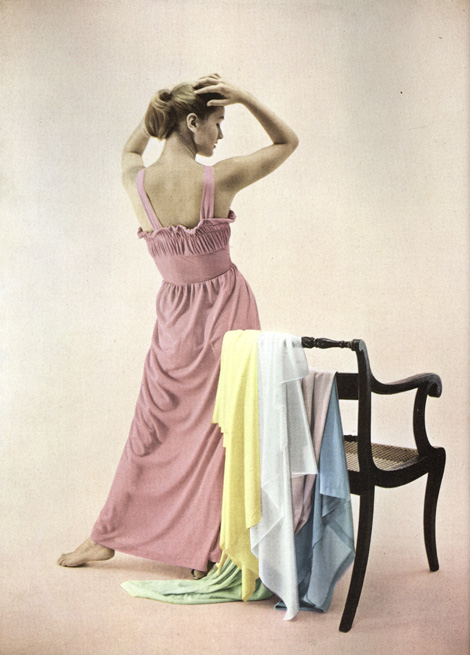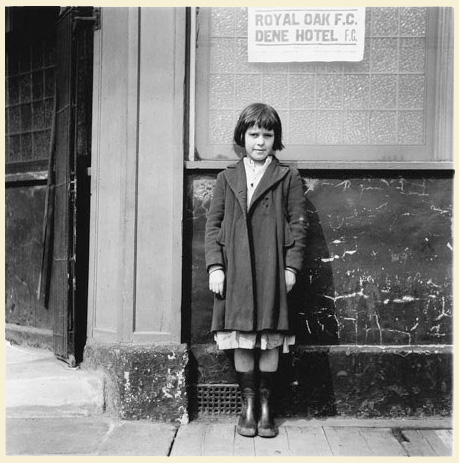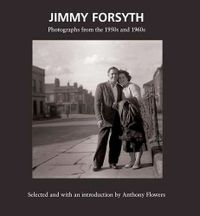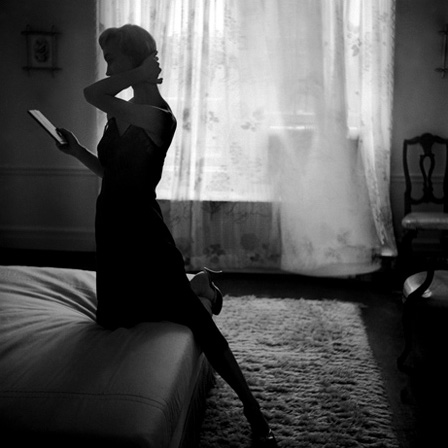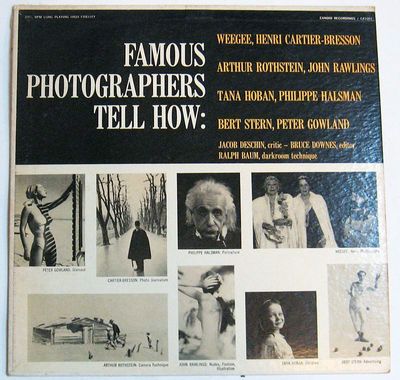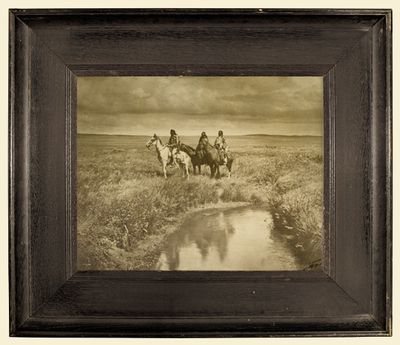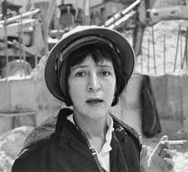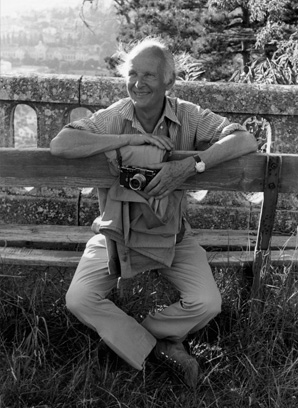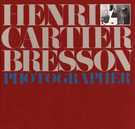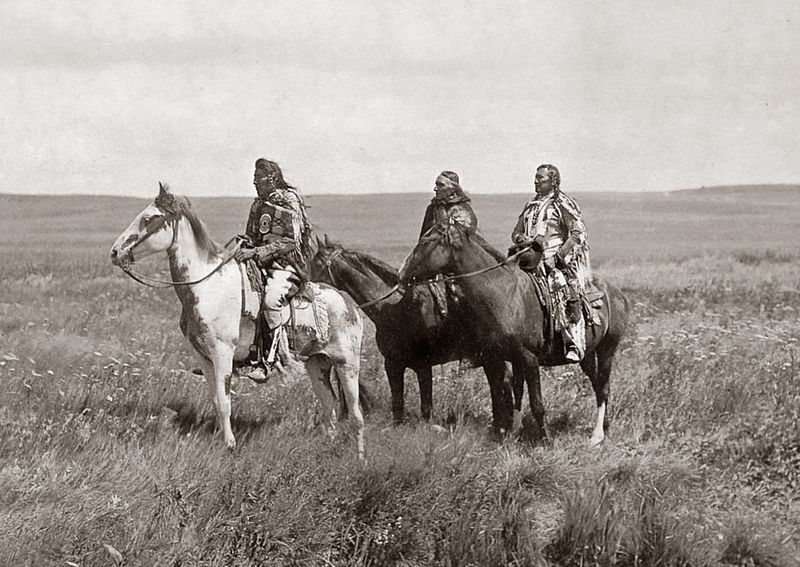 Edward S. Curtis, Three Chiefs, Piegan, 1900
Edward S. Curtis, Three Chiefs, Piegan, 1900
Popular with the public and beloved of knock-off coffee-table-book printers, the work of photographer Edward S. Curtis has for scholars long occupied an uneasy middle ground between priceless documentary record and romanticized, artistic pictorialism. However, there's no questioning the appeal or beauty—or desirability—of his epic masterwork, the twenty-volume series The North American Indian. It is to American photobook collectors approximately what Audubon's Birds of North America is for book collectors in general—oversized, unobtainable, monolithic. It rarely becomes available, most copies being locked up in museum collections.
The set that originally belonged to railroad magnate James J. Hill, number 130 from an edition of 272, goes up for sale at Swann Auction Galleries in New York City on May 14. It's estimated to sell for $250,000 to $350,000.
 Documenting the vanishing tribal customs, dress, and ways of life of indigenous Native Americans, each volume contains 75 hand-pressed photogravures and 300 pages of text. The project took Curtis nearly 25 years (1907 to 1930) to complete, and might never have been finished were it not for a personal recommendation letter from Teddy Roosevelt
that helped garner the financial support of J.P. Morgan in 1906.
Documenting the vanishing tribal customs, dress, and ways of life of indigenous Native Americans, each volume contains 75 hand-pressed photogravures and 300 pages of text. The project took Curtis nearly 25 years (1907 to 1930) to complete, and might never have been finished were it not for a personal recommendation letter from Teddy Roosevelt
that helped garner the financial support of J.P. Morgan in 1906.
Also featured in the May 14 Swann sale are more than 20 individual photographs by Curtis, among them "Three Chiefs, Piegan," a unique, mural-size platinum print, the largest known print Curtis made, 1900 ($20,000 to $30,000); and "The Vanishing Race,"* an oversize platinum print, 1904 ($18,000 to $22,000).
The two-part sale will include both Photographic Literature and Fine Photographs. A number of other influential photographs will be available, such as Edward Steichen’s sunlit pictorialist view of "Mrs. Steichen and the Steichen Children, Voulangis, France," silver print, 1908 ($12,000 to $18,000) (above right), and a selection of works by Edward Weston, including "Dunes at Oceano," silver print, 1936 ($30,000 to $40,000).
Mike
*Note that "the race" has not "vanished"; the U.S. Census Bureau estimated there were 2,786,652 Native Americans in the U.S. in 2003. There are 11 Federally recognized tribes here in Wisconsin—unofficially, the number is more like 32.
Send this post to a friend
Question from Reg Paley UK: "As a matter of interest what is a 'mural size' print? or an 'oversize print'?"
Mike replies: Sorry, I let that word carry over from the press release. Here's the catalog entry:
Sale 2180 Lot 165
CURTIS, EDWARD S. (1868-1952)
"Three Chiefs, Piegan." Platinum print, 16x20 inches (40.6x50.8 cm.),
with Curtis' signature, in ink, on recto and a numeric notation in the
negative; in an original Curtis black oak frame. 1900
Estimate $10,000-15,000
Bear in mind that what constitutes "mural"- or "over"-sized will depend on the date and the medium; Curtis would have made most of his prints by contact, meaning the print and the negative used for the print (although not always necessarily the original negative) would be the same size. So 16x20 inches would in this case be exceptionally large.
By contrast, I remember hearing the in '80s that Richard Misrach supplied his gallery with standard-sized 20x24's of some of his desert pictures, and the gallery requested that he provide 16x20's as well because some collectors preferred the smaller size. (They were masked Cibachromes, too, so it wasn't a trivial request.) So it's all relative.
Featured Comment by Ken Jarecke: "All the estimates seem pretty reasonable to me. You can get the whole collection for just a small fraction of what it would cost you to have Richard Prince make a single copy print of one of them."
